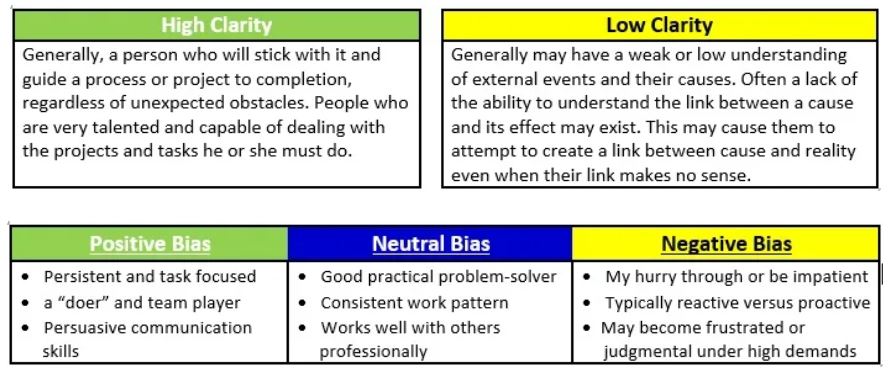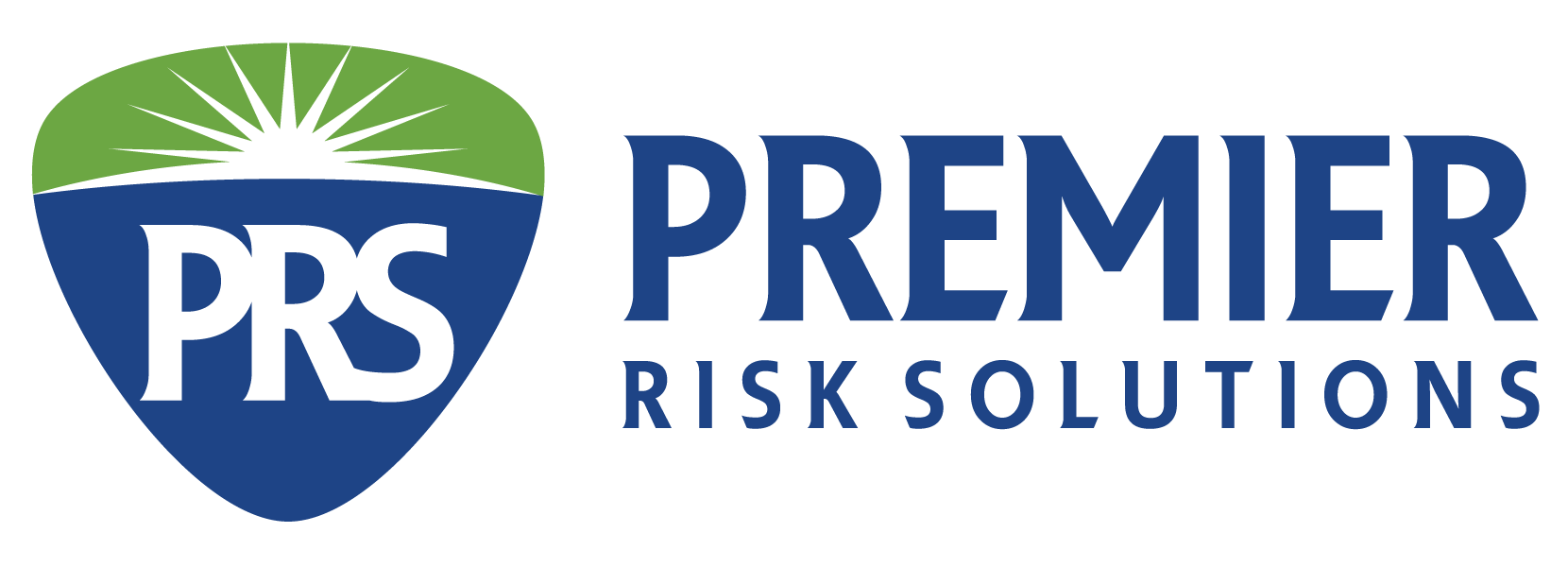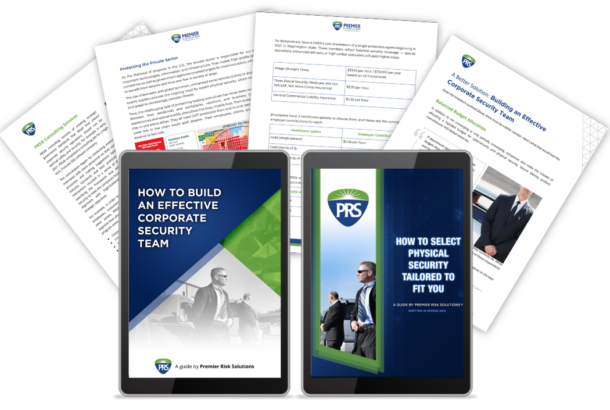
Acumen Capacity Index™ Series
Today we continue our discussion on Acumen Capacity in the protection industry series. In this article, we will focus on the second of six dimensions “Practical Thinking”.
According to a study by the U.S. Army Research Institute for Behavioral and Social Sciences “Practical thinking is based on natural ways of thinking such as considering multiple perspectives, adapting thinking to situations, looking for hidden assumptions, and following guidelines for reasoning”. (Fallesen, Michel, Lussier, & Pounds, 1996). It is the capacity for common sense in decision-making and problem-solving to achieve goals.
Practical Thinking can also be thought of as street smarts, using the knowledge and experience you have and applying that to achieve a goal. This capacity is not about learning new information or analyzing. It is the capacity to use existing knowledge to achieve a goal in a common sense way. It has been said many times “common sense is not always common”. We have a proven process for discerning an individual’s capacity for practical thinking.
Benefits of High Clarity in Practical Thinking:
- Ability to adapt to changing environments/situations
- Open Mindedness to other possibilities
- Having flexibility in the approach to problem-solving
- Understanding how to get along with and talk to others
- Ability to solve real-world problems
- Ability to utilize all available resources
So the answer to today’s question…
“Does the way we think really matter” is ABSOLUTELY YES!
The way we think has a direct correlation to how we behave, perform, communicate, learn, listen, and interact with others. This collectively has a direct impact on your personal career and your organizations business results.
In the protection industry, I am sure you can see the value and importance of Practical Thinking to achieve assignment goals. In the ever-changing environment, shifting priorities, and the unexpected events which occur adapting and practical problem solving is a must have for any successful professional.
How many times have you worked with someone who seems to do things the hard way? This is often a lack of clarity for practical thinking. The individual may lack the ability to adapt or be open to other possibilities. They may be stuck in his or her own mind or routine and not see other alternatives.
Let’s consider for a moment an individual performing Protective Intelligence or Risk Analysis tasks.

Low Clarity with Negative Bias: the individual is likely to rush through the process resulting in missed details. This individual might also struggle communicating the intelligence work and plan created. Lastly, this individual may leave too much to chance and be reactive versus the proactive planning required. This increases the potential for a failed assignment or critical event.
High Clarity with Positive/Neutral Bias: The benefit of selecting the right professional for this assignment with high clarity and neutral or positive bias includes, proactive approach, more effective communication, quality results, and a more engaged professional.
This is where Premier Risk Solutions has developed its Personalized Culture Fit Model™ to ensure the selection of the right professional for the right assignment.
Let’s take a little deeper look into this dimension of Acumen Capacity™
The Practical Thinking dimension is evaluated in two ways first is the clarity and second the individual’s bias. The clarity tells us how well the individual can discern values in situations in the outside world. Bias provides additional insights into how the individual sees the world around them.

Premier Risk Solutions LLC has developed a Personalized Culture Fit Model™ that measures this dimension to match clients and specialists creating a truly best-in-class experience.
If you have any questions, feel free to reach out and contact us!
Co-Authorized: Michael Delamere
Works Cited
Fallesen, J. J., Michel, R. R., Lussier, J. W., & Pounds, J. (1996, January). Practical Thinking?: Innovation in Battle Command Instruction. Retrieved from Defense Technical Information Center: www.dtic.mil/get-tr-doc/pdf?AD=ADA309755

